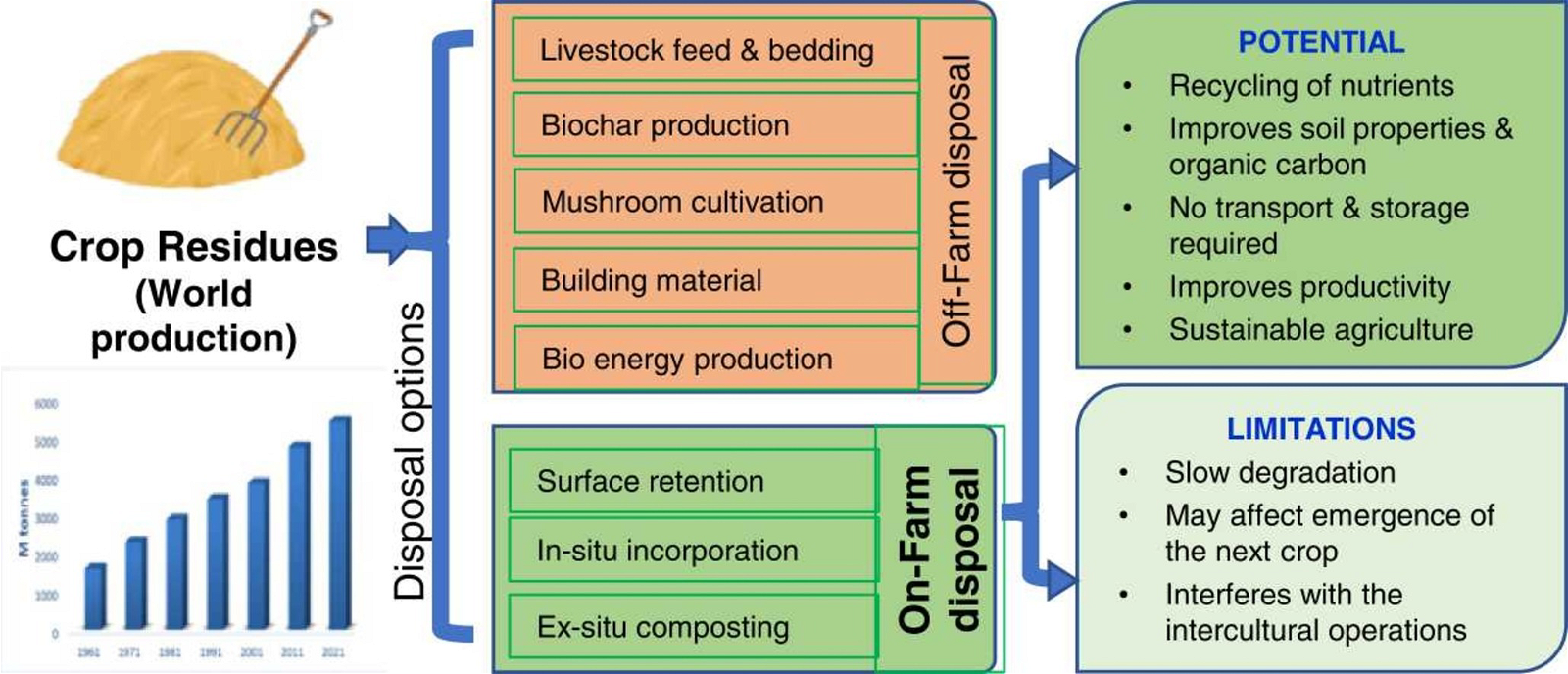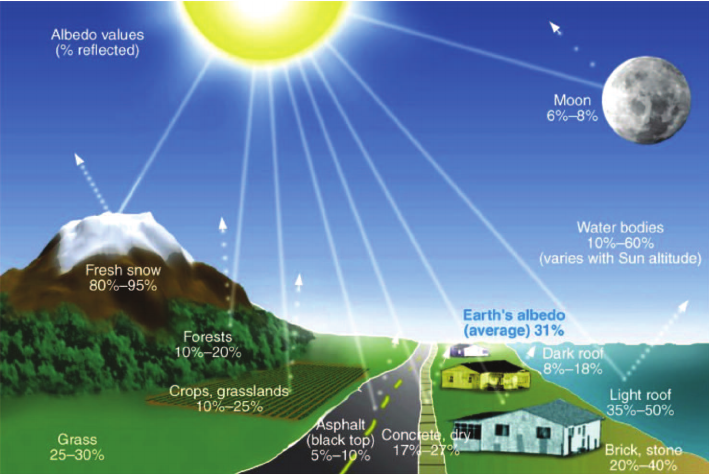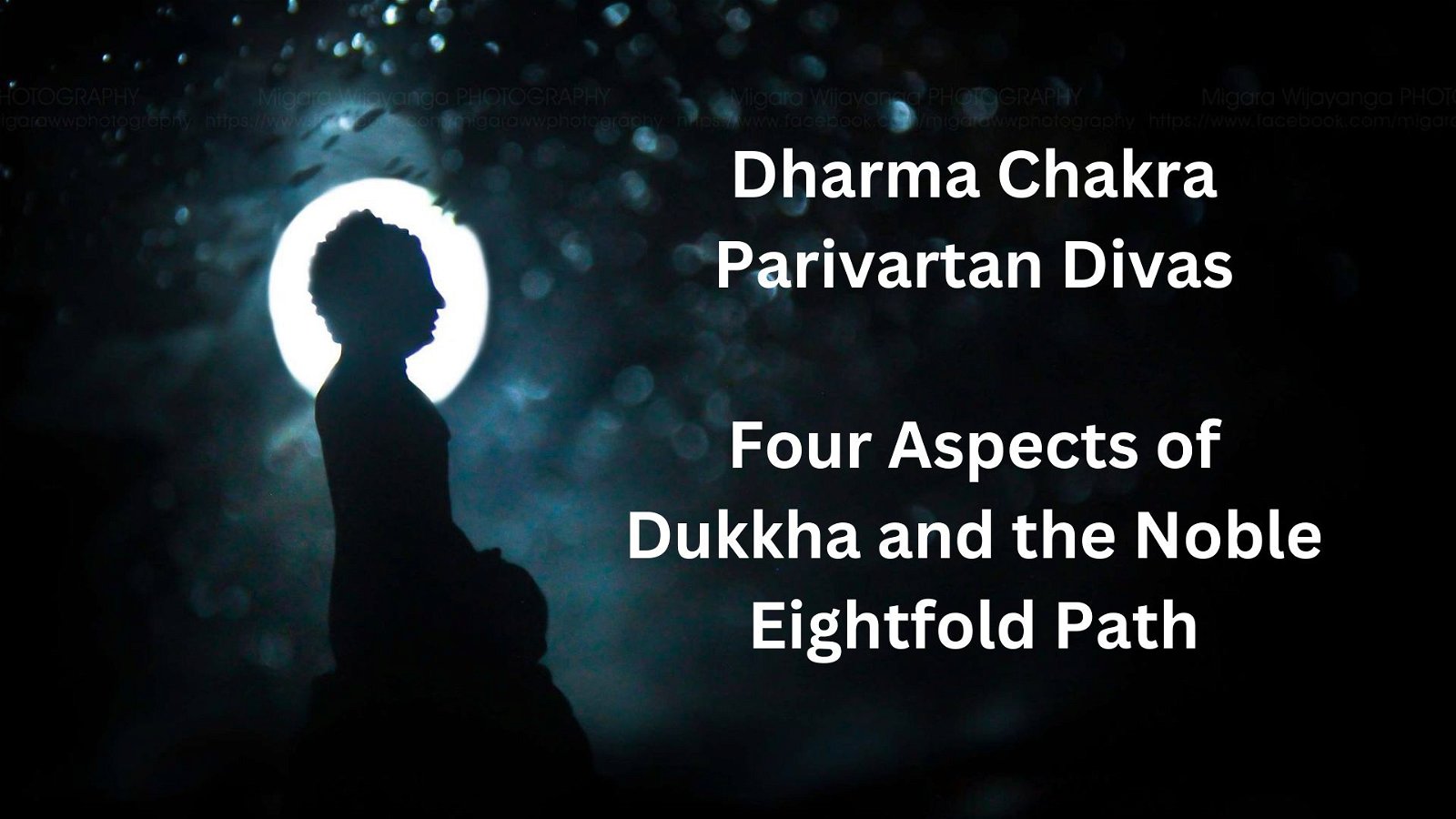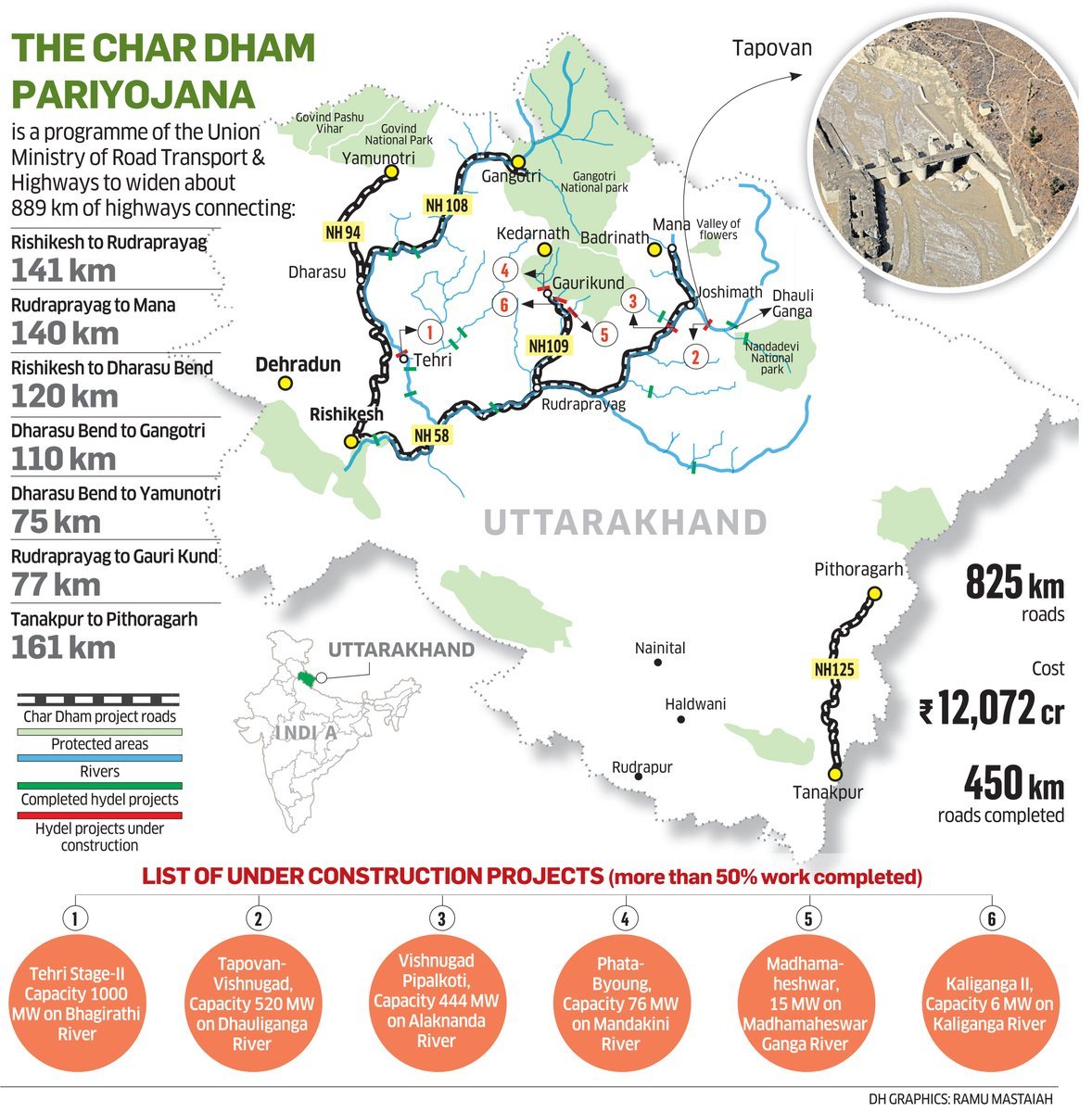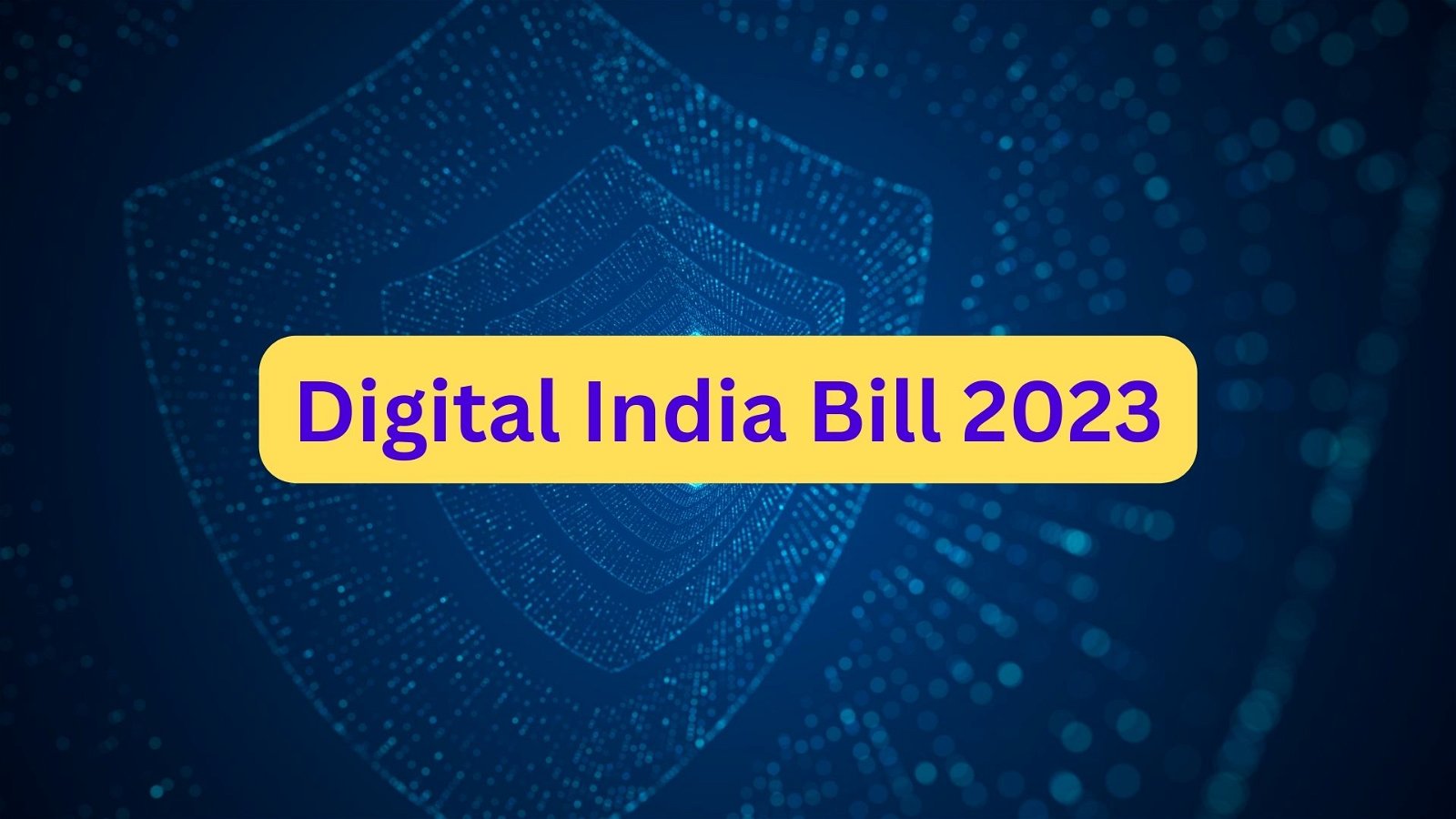
Current Affairs January 26-27, 2024: Debate on Caste Reservation and Minority Status, Crop Residue Management (CRM) Guidelines, Cashless Everywhere Initiative, Foreign Portfolio Investors (FPIs), Lab Grown Meat, Albatrosses
Subscribers of "Current Affairs" course can Download Daily Current Affairs in PDF/DOC
Subscribe to Never Miss an Important Update! Assured Discounts on New Products!
Must Join PMF IAS Telegram Channel & PMF IAS History Telegram Channel
{GS2 – Polity – IC – Reservation} Debate on Caste Reservation and Minority Status
- Context (IE): In the drafting of the IC, minority rights, particularly for Scheduled Castes and Tribes, sparked significant debates.
- The debates started for providing political safeguards for minorities and concluded by giving reservations and affirmative action only for ‘backward classes’ and not religious minorities.
- The dilemma before the Constituent Assembly (CA) was to find a constitutional method to politically recognise communities and foster national unity and an inclusive democratic structure.
- CA had to decide whether reservations were a method to celebrate India’s diversity or whether they were a means for social and political emancipation.
Debates on defining Minorities
- Minorities encompassed three kinds of communities-
- Religious minorities,
- Scheduled Castes, and
- Backward tribes.
- Discussions regarding the definition of minority were crucial to deciding the nature of provisions needed in IC.
NG Ranga- Freedom fighter and farmers’ leaders
- The masses in India are the absolute minority.
- These people [the masses] are so depressed and suppressed till now that they are not able to take advantage of ordinary civil rights. These are the actual minorities who need protection.
- Minority did not denote the numerical status of any group but the group that suffered from some disadvantage with respect to the rest which entitled it to special treatment from the state.
Sri Nagappa- A Congress representative from Madras
- It was important for the SCs to be considered a minority if they want to resist appropriation into one or other community.
KM Munshi -Lawyer and member of the Constituent Assembly
- The definitions of the term minority as defined in treaties and law are along racial, religious, and linguistic lines, but the SCs are none of these.
- Dalits were “part and parcel of the Hindu community and the safeguards given to them to protect their rights are only till they are completely absorbed into Hindu community”.
- The SCs were Hindus and not a minority and, therefore, did not require constitutional reservations and protections in a Hindu-majority country.
Debi Prasad Khaitan
- If the SCs and Tribes were made to be a separate category, along with religious minorities, they would make up more than half of the population.
- Independent India could not be composed of a series of minorities and people of india will not approve of such democracy.
Analysis of the Debate
Research scholar Zubair Ahmad Bader
- The minority debate in the CA was tied to the question of differences and disadvantages.
- Arguments about minority status in the CA highlighted social, cultural, or economic differences between communities that were perceived to belong to the same religion.
Historian Shabnum Tejani
- Debate around defining the term minority revealed profound differences in the ideas of democracy among the Assembly members.
- SC leaders thought of democracy as a means of political and social emancipation.
Ambedkar’s Views on Caste and Minoritry Question
- Ambedkar was tasked with envisaging a constitution that guarantees the eradication of caste as an institution, secure political representation for lower castes and defining the minority question.
- Ambedkar failed to tackle the minority question effectively.
- The substitution of minorities with “backward classes” provided no resolution for a definition of minority and the distinct cultural identities.
- Ambedkar on Caste: “Caste is not a division of labour but also the division of labourers”.
Ambedkar approached the caste question in Three ways.
Introducing ‘backwardness’
- “Backwardness” as a principle to identify groups that required constitutional protection and reservations.
- He argued that caste operates differently in different regions.
- A community belonging to the Shudra varna in Punjab might not be on the same socio-economic level as a community of the same caste in Karnataka.
- Therefore, backwardness concerning the socio-economic and political status of the community must be taken into consideration while drawing up the list for constitutional protection.
- Ambedkar left the task of drawing up the list of communities for constitutional protection to the State governments.
- The concept of “backwardness” could reconcile the equality of opportunity with the inclusion of specific communities in public life.
- Introducing backwardness was Ambedkar’s way of finding a middle way related to multiple views on the question of minority.
- The focus on backwardness shows that there was no particular group identity that the IC sought to protect.
‘Backwardness’ Evaluation Criteria
- It underpinned class status along with caste.
- Any scheme of reservations would operate on the principle of equality of opportunity.
- For instance, reservations would have to be confined to a limited number of seats to make space for everyone eligible for the post.
- The concept of backwardness would be relative. A group could only be considered backwards with respect to other communities.
- The Sikh community was denied preferential treatment because it was “not backwards relative to other communities.”
- Social worker Hriday Nath Kunzu supported Ambedkar on “Relative Backwardness” argument-
- He said, “Protection can only be granted to a class, a minority or backward, only on the ground that it is backward and, if left to itself, would be unable to protect its interests.”
Reservations for Social Emancipation or to highlight India’s Diversity
- Ambedkar’s policies made it quite clear that the purpose of reservations was for the social and political emancipation of backward groups.
Responses to Ambedkar’s Approach
- TT Krishnamachari and Hriday Nath Kunzu were critical of some parts of Ambedkar’s approach to the caste and minority question.
Kunzu and Ramchandra Manohar Nalavade
- The word ‘backward’ is not defined anywhere in the IC.
- Article 301 already provides for the appointment of a Commission to enquire into the condition of the backward classes, But only those classes that are educationally or socially backward will be looked into.
- While Kunzu supported Ambedkar on some attributes, he believed that
- ‘Backward’ is open to interpretation and needs to be defined more robustly, and cannot be left to the states or the courts to deliberate.
- If constitutional protection for the BCs is indefinite, it might lead the State to believe that its duties towards them are restricted to the facilitation of the provision of reservations only.
- The reservation must be reviewed and revisited from time to time.
TT Krishnamachari
- He highlighted ambiguity about the relationship between the definition of “backward” and caste.
- “The intention of the framers as to who should come under the category of backward classes is unclear. It does not say ‘caste’. It says ‘class’.
- Is class based on the grounds of economic status or the grounds of literacy or the grounds of birth is not clear.
- He believed that if literacy rates were considered to draw the list of backward classes, more than 80 per cent of India’s population in 1949 would be backward.
Prime Minister Jawaharlal Nehru
- He believed that the abolition of reservations for minorities was a “historic turn in our destiny”.
- He argued that granting safeguards to minorities will isolate them.
- He feared that reservations might also forfeit inner sympathy and fellow feelings with the majority of the country.
- Although Nehru felt uncomfortable about reservations, he supported reservations for SCs.
- He preferred to approach it from the point of view of helping a backward group.
Reservation For Religious Minority
- The Constituent Assembly granted reservations for employment for SCs and STs under Article 16(4A) of the IC. It did not take into consideration religious minorities.
- The first draft of the Report of the Advisory Committee on Minorities recommended reservation for religious minorities along with SCs and STs.
- The Partition influenced the decision not to grant reservations to religious minorities.
- Sardar Vallabhai Patel, in 1949, submitted the report of a special sub-committee to consider the problems faced by minority populations in East Punjab and West Bengal.
- The panel thought that conditions in the country had changed to such an extent that “it was no longer appropriate in the context of free India and of present conditions that there should be reservations of seats for Muslims, Christians, Sikhs or any other religious minority.”
- They believed that reservation for religious communities might lead to “certain degrees of separatism and was to the extent contrary to the conception of a secular democratic state.”
- They believed that the Fundamental Rights of the freedom of religion and the rights of minorities to maintain their educational institutions were sufficient safeguards to protect minorities.
- The Advisory Committee agreed that “the peculiar position of the SCs makes it necessary to give them reservations for a period of ten years as initially decided.
{GS3 – Envi – Air Pollution} Crop Residue Management (CRM) Guidelines 2023-24
- Context (DTE): The GoI released Crop Residue Management (CRM) operational guidelines 2023-24 for UP, Haryana, Punjab, MP and the NCT of Delhi in July 2023.
- It aims to decrease pollution from stubble burning and involve more farmers in supplying agri-residue to support bioenergy plants.
Release of major pollutants in to the atmosphere during residue burning |
Crop Residue Management Operational Guidelines 2023-24
- Techno-commercial pilot projects for the Paddy Straw Supply Chain will be established under bilateral agreements between the Beneficiary/Aggregator and industries using paddy straw.
- Beneficiary/Aggregator means Farmers, rural entrepreneurs, Cooperative Societies of Farmers, Farmers Producer Organizations (FPOs), and Panchayats.
- Financial Assistance: Government will provide financial aid for machinery & equipment capital costs.
- The industry and the beneficiary can finance the working capital together or through sources like the Agriculture Infrastructure Fund, NABARD, or financial institutions.
- The beneficiary needs to arrange and prepare the land for storage of the collected paddy straw.
- Financial assistance for supply chain equipment like higher HP tractor, cutters, balers, rakers, loaders, grabbers, and telehandlers.
- Setting up machinery for the paddy straw supply chain costs approximately Rs 1 crore for 3,000 tonnes and Rs 1.8 crore for 4,500 tonnes per season.
- The government provides a subsidy on the rounded-off amount of Rs 1.5 crore.
- Project Approval: State Governments will approve projects via project sanctioning committees.
- Cost Distribution: The government (Central and State jointly) will contribute 65% of the project cost, the industry will contribute 25%, and the beneficiary will contribute the remaining 10%.
- The central regulatory bodies: The Department of Agriculture & Farmers Welfare (DA&FW) and State Agricultural Departments.
- Objective: To collect 1.5 million tonnes of paddy straw in the next three years by the establishment of 333 collection centres with a total financial assistance of Rs 600 crore.
| CRM 2023-24 | CRM 2020-21 |
|
|
|
|
|
|
|
|
|
|
Crop residue management
Crop residue management Techniques (On Farm/Off Farm) Disposal
On field ManagementSurface retention and mulching
Composting
Off-field managements
Livestock feed
Industrial uses of CR (Rice,Wheat)Straw
Farmers’ Producer Organisation (FPO)
|
|
{GS3 – IE – Banking – Insurance} Cashless Everywhere Initiative
- Context (IE): A new initiative called ‘Cashless Everywhere‘ has been introduced by the General Insurance Council.
- Currently, cashless facilities are limited to network hospitals.
- Under the ‘Cashless Everywhere‘ initiative, policyholders can choose any hospital for treatment, even if not in the insurance network.
|
- The move towards 100% cashless treatment aims to simplify the claims process, reduce delays, and enhance the overall experience for policyholders, hospitals, and insurers.
Guidelines
- To use the ‘Cashless Everywhere’ system, policyholders need to inform their insurer at least 48 hours before admission.
- In cases of emergencies, notification should occur within 48 hours of admission for the claim to be admissible.
- Admissibility is subject to the policy terms and compliance with the insurer’s operating guidelines.
Challenges in the existing system
- Currently, only 63% of customers choose cashless claims, while others go to hospitals that are not in their insurer’s network and opt for reimbursement, causing delays and disputes.
- Policyholders in rural and semi-rural areas often find it difficult to access network hospitals for the cashless facility.
- Insufficient funds during emergencies lead to borrowing at high-interest rates.
|
Benefits of ‘Cashless Everywhere‘ initiative
- It empowers policyholders to access treatment in any of the approximately 40,000 hospitals nationwide.
- It reduces reimbursement challenges, paperwork, and financial burdens.
- It will encourage many more customers to opt for health insurance.
- It is a step towards eliminating fraud in the long run, which has been plaguing the industry.
General Insurance Council
|
For more details on the Insurance sector, visit the Insurance sector.
{GS3 – IE – Securities} Foreign Portfolio Investors (FPIs)
- Context (IE): Last year in May, the Securities and Exchange Board of India (SEBI) released a consultation paper suggesting increased disclosures from certain Foreign Portfolio Investors (FPIs).
- The suggested regulations aim to improve transparency by:
- Thoroughly identifying the actual ownership of an entity within a holding.
- Providing a clear depiction of economic interests in the holding.
Why did SEBI request additional disclosures from FPIs?
- Sebi highlighted that certain FPIs hold a significant portion of their equity in a single company or corporate group.
- This concentrated investment raises concerns that promoters or other investors might use FPI routes to bypass regulatory requirements such as,
- Firstly, to prevent potential evasion of Minimum Public Shareholding (MPS) requirements.
- Secondly, to avoid the misuse of the FPI route in bypassing the requirements outlined in Press Note 3 (updated April 2020).
|
Press Note 3/PN3
|
FPIs required to comply
- High-risk FPIs holding more than 50% of their equity asset under management (AUM) in a single corporate group would have to make additional disclosures.
- High-risk FPIs with an overall holding in the Indian equity market of over Rs 25,000 crore.
- Non-compliance would result in the invalidation of the FPI’s registration. Consequently, these FPIs would need to cease operations within six months.
|
FPIs exempted
- Sovereign wealth funds (SWFs).
- Listed companies on certain global exchanges.
- Public retail funds.
- Other regulated pooled investment vehicles with diversified global holdings.
Foreign Portfolio Investment (FPIs)
|
{GS3 – S&T – BioTech} Lab Grown Meat
- Context (WION): Israel has successfully produced lab-grown freshwater eel meat.
- Also known as cultured meat or cell-based meat, lab grown meat is a type of meat produced by in vitro cultivation of animal cells.
- These cells are created by cultivating muscle cells, fat cells, and other tissue types in a controlled environment and are given the resources they require to replicate and develop into edible meat.
- The process is normally carried out in bioreactors, specialized containers designed to facilitate the cellular cultivation process.
- This method of producing meat is also known as Cellular Agriculture due to the methods used.
- In 2020, Singapore became the first country to grant permission for the sale of lab-grown meat.
Benefits of Lab-Grown Meat
- Reduced emissions: FAO estimates that methane and nitrous oxide, primarily generated by livestock production, account for around 14.5% of all anthropogenic greenhouse gas emissions worldwide.
- Prevention of Animal Slaughter
- Reduced land and energy use: A study by Oxford University found that cultured meat production uses 90% less land and 75% less water compared to conventional meat production.
- Food Security and Customisation: It can help address food security challenges by providing a more efficient way to produce protein.
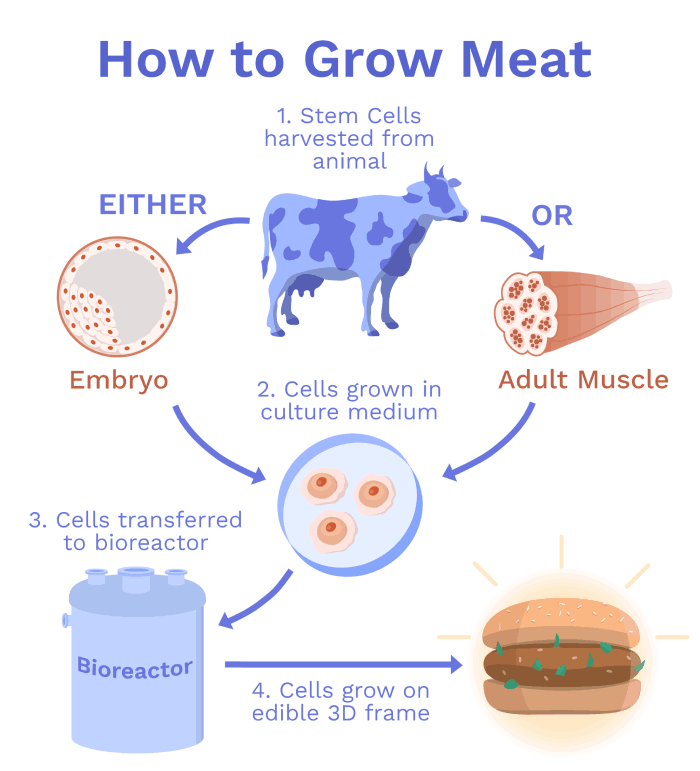
Eels (Anguilliformes)
- The eel is a very long, snake-like freshwater fish that can grow to over a metre in length.
- It looks smooth and lacks the obvious scales and gills of other fish.
- To swim, eels generate waves that travel the length of their bodies. To swim backwards, they reverse the direction of the wave.
- Habitat: Eels can be found in both freshwater and saltwater, with the majority of species found at sea.
- Distribution: Africa, Asia, Central America, Eurasia, Europe, North America, Ocean, Oceania, and South America. Few species of eel have also been found in India.
- Threats: Pollution, environmental changes and overfishing.

{GS3 – S&T – Tech} Artificial Skin
- Context (TH): Researchers at TU Graz in Austria have received funding for their project ‘SmartCore’.
What is SmartCore?
- It aims to develop a three-in-one “smart skin”/ Artificial skins.
- Artificial skins are a series of materials that try to emulate the functionality of our skin.
- It closely resembles human skin by simultaneously sensing (pressure, moisture, and temperature) and converting them into electronic signals.
- The hybrid material is more sensitive than a human fingertip & many times thinner than human skin.
- It can differentiate between colder and warmer objects, objects with spikes, without spikes, etc.
- These smart skins are designed to measure the electrical current from a pixel as small as 0.25 millimetres square. Whereas human skin can feel objects that are one-millimetre square or larger.
- Two important materials used are smart polymer, piezoelectric material.
- Smart polymer: it changes thickness depending on humidity and temperature.
- Piezoelectric material: Allows the artificial skin to sense force or pressure.
Future Applications
- Prosthetics: It can help the patient with the amputation regain sensation. A possibility if researchers are able to integrate the signals from the smart skin with human neural networks.
- According to the WHO, around 200,000 people are severely burned every year and suffer a complete loss of sensation due to the death of the skin receptors.
- Biomedical Applications: The smart skin could also be used as a sensor with smartwatches when it is programmed to collect precise information about the health status of patients.
{Prelims – Envi – Species} Golden Tiger | Black Tiger
- Context (TH): Assam Chief Minister shared a picture of a golden tiger on X (formerly Twitter) to celebrate National Tourism Day (Jan 25th).
- A few years back, ‘Kazi 106F‘ India’s only Golden Tiger, emerged as social media sensation.

- Golden tigers are also known as ‘Tabby tigers’ or ‘Strawberry tigers’.
- The skin of tigers is orange-yellow with black stripes and a whitish abdominal region.
- The yellowish background is controlled by a set of agouti genes and their alleles.
- Tabby genes and their alleles control the black colour stripes.
- Suppression of any of these genes may lead to colour variation in tigers.
- Tigers found in Kaziranga National park are different from the rest of the world in territorial behavioural patterns.
Odisha’s famous Black Tigers
|
{Prelims – Envi – Species} Wandering Albatrosses
- Context (DTE): Wandering Albatrosses are threatened with extinction.
- Albatrosses is the world’s largest flying bird. (The Ostrich is the largest & heaviest bird in the world. It does not fly).
- They spend most of their life at sea & only come to the land to breed approximately every two years.
- Distribution: Southern Oceans (region between 60 degrees south & continent of Antarctica).
- Marion Island and Prince Edward Island support about half of the entire world’s albatross breeding population.
- IUCN Status: Vulnerable.
- Threats: Climate change, bycatch (Fishermen sometimes catch and discard animals they do not want, cannot sell, or are not allowed to keep) from longline fishing trawlers.




![PMF IAS Environment for UPSC 2022-23 [paperback] PMF IAS [Nov 30, 2021]…](https://pmfias.b-cdn.net/wp-content/uploads/2024/04/pmfiasenvironmentforupsc2022-23paperbackpmfiasnov302021.jpg)


